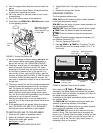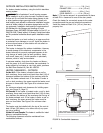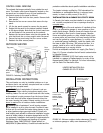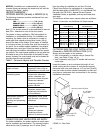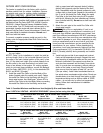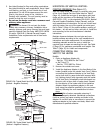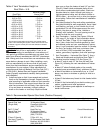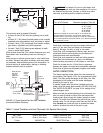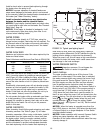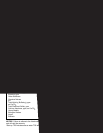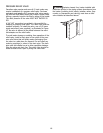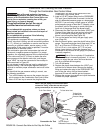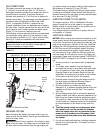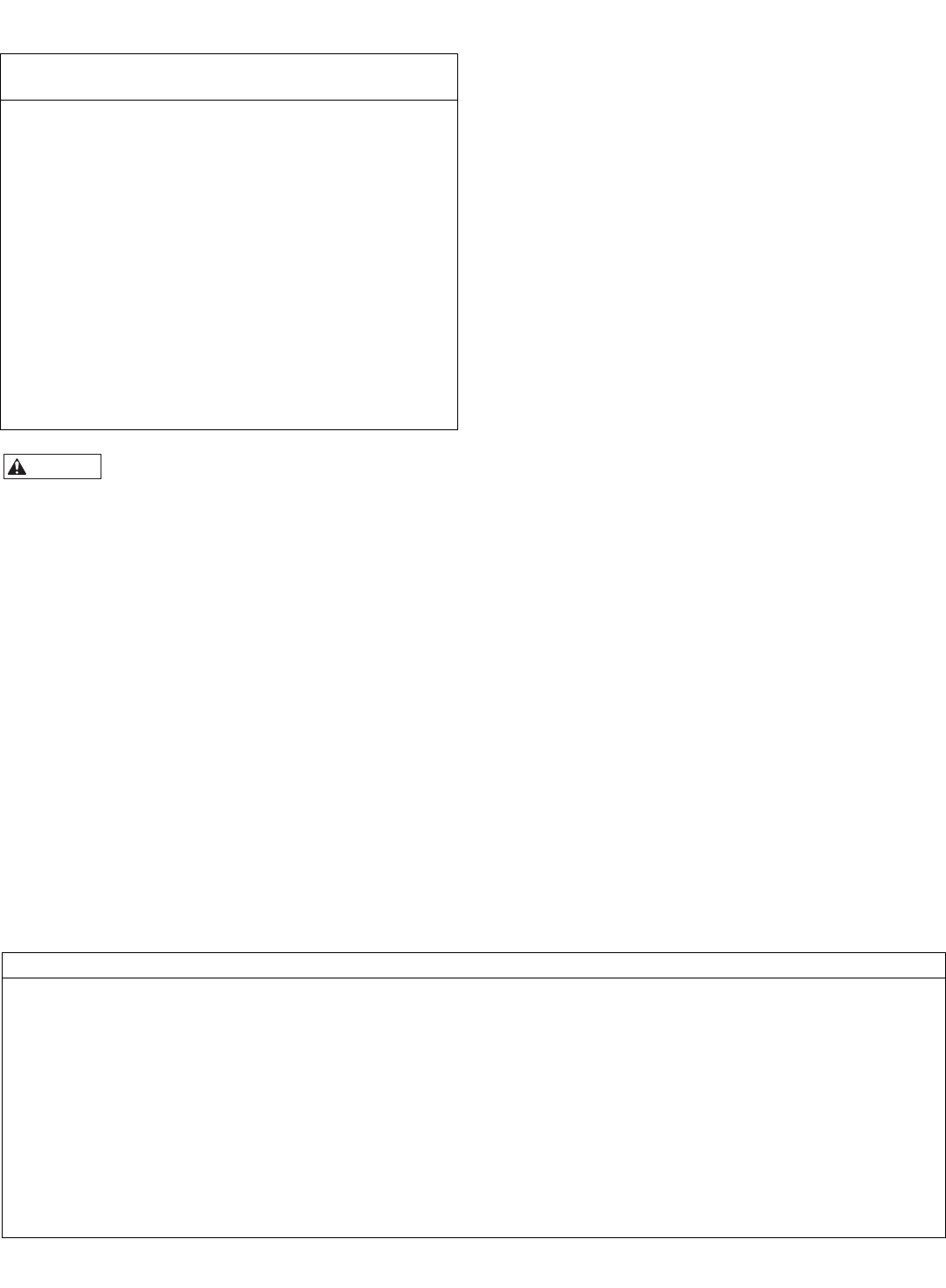
Risk of fire or asphyxiation if vent is not
assembled according to manufacturer’s instructions or if
vent parts from different manufacturers are mixed. Vent
parts from different manufacturers ARE NOT interchange-
able. Mixing parts from more than one manufacturer may
cause leaks or damage to vent. When installing a vent,
pick one manufacturer and be sure that all vent parts
come from that manufacturer and are specified by the
manufacturer for your system. Follow manufacturer’s
instructions and local and National Fuel Gas Code (U.S.)
or CSA B149.1, Natural Gas and Propane Installation
Codes (Canada) requirements carefully during assembly
and installation.
4. Install vent pipe so that it can expand and contract
freely as the temperature changes. Support the vent
pipe according to applicable codes and vent manufac-
turer’s instructions. Pipe support must allow the vent
pipe free movement out and back, from side to side,
or up and down as necessary, without putting a
strain on the heater or vent body. Slope horizontal
pipe runs up from the heater at least 1/4" per foot
(2cm/M). Install Listed condensate drains at low
points where condensate might collect. Plumb con-
densate drains to a drain through hard piping or
high-temperature tubing such as silicone rubber or
EPDM rubber – do not use vinyl or other low temper-
ature tubing. Follow drain manufacturer’s installation
instructions.
5. Use Listed firestop for floor and ceiling penetrations.
Use Listed thimble for wall penetrations. Use a Listed
roof flashing, roof jack, or roof thimble for all roof
penetrations. Do not fill the space around the vent
(that is, the clear air space in the thimble or
firestop) with insulation. The roof opening must be
located so that the vent is vertical.
6. Vent Termination – Vertical (See Figures 12A and
12B, page 13, for height of vent termination above
the roof. See Table 7, Page 15, for Listed termina-
tions.) Use a Listed vent terminal specified by local
and national codes and your manufacturer’s instruc-
tions. A roof termination must be vertical. In Canada,
the Vent Cap location shall have a minimum clear-
ance of 4 feet (1.2M) horizontally from electric
meters, gas meters, regulators, and relief openings.
7. Vent Termination – Horizontal (See Table 7). Use a
listed wall thimble and vent terminal from Table 7.
The terminal must be located (U.S.-See Figure 13):
• at least 3" and at most 12" out from the wall (see
Figure 14), following the vent manufacturer’s instruc-
tions.
• at least 12" above finished grade or the normally
expected snow accumulation level, whichever is higher
• at least 4 feet below or horizontally from, or 1 foot
above, any doors or windows or gravity air inlet to a
building
• At least 3 feet above any forced air inlet located within
10 feet
• At least 4 feet horizontally from electric meters, gas
meters, regulators and relief equipment
• At least 7 feet above grade adjacent to walkways or
similar traffic areas.
WARNIN
G
14
Brand Manufacturer Material Type Sealant
Saf-T Vent
®
4” Heat-Fab, Inc. Metal Consult Manufacturer
Special Gas Vent 38 Hayward Street
(Single Wall) Greenfield, MA 01301
(800) 772-0739
Saf-T CI Vent
®
Heat-Fab, Inc. Metal Consult Manufacturer
Special Gas Vent 38 Hayward Street
(Double Wall) Greenfield, MA 01301
(800) 772-0739
Z-Vent 4” Special Z-Flex U.S., Inc. Metal G.E. RTV 106
Gas Vent (Type BH), 20 Commerce Park North
Model SVE Bedrford, NH 03110-6911
(800) 654-5600
Table 5: Recommended Special Gas Vents (Positive Pressure)
Minimum Height
Roof Pitch Above Roof*
Flat to 6/12 1 Ft.
6/12 to 7/12 1 Ft. 3 in.
>7/12 to 8/12 1 Ft. 6 in.
>8/12 to 9/12 2 Ft.
>9/12 to 10/12 2 Ft. 6 in.
>10/12 to 11/12 3 Ft. 4 in.
>11/12 to 12/12 4 Ft.
>12/12 to 14/12 5 Ft.
>14/12 to 16/12 6 Ft.
>16/12 to 18/12 7 Ft.
>18/12 to 20/12 7 Ft. 6 in.
>20/12 to 21/12 8 Ft.
* Vent must be at least eight (8) feet away from nearest vertical
surface. Vents extending five (5) feet or more above the roof must
be braced or guyed. Consult your local code officials for detailed
information.
Table 4: Vent Termination Height vs.
Roof Pitch – U.S.



